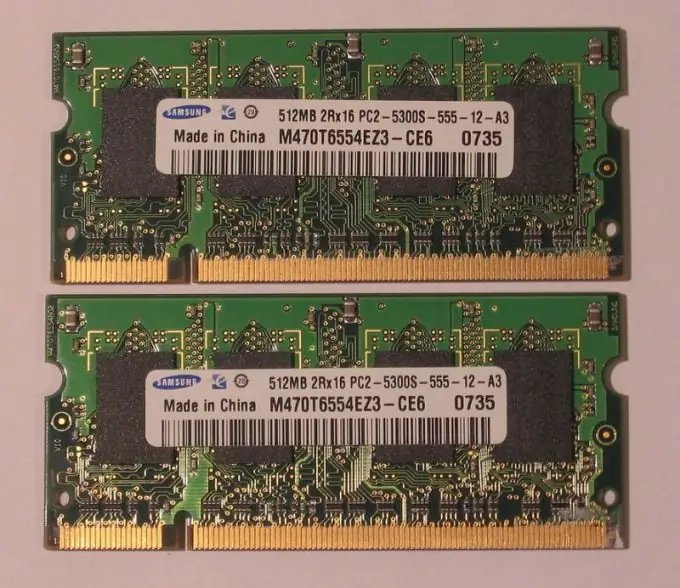During the hardware check before booting the computer, the BIOS performs a RAM test three times. This process is quite lengthy, and if the OS itself boots quickly, it is advisable to disable such a check.

Instructions
Step 1
Enter the CMOS Setup program. To do this, turn on or restart your computer. Reboot not with the Reset button, but with the standard tools of the running OS. Remember to save all documents and close applications before doing this. Immediately after shutting down the OS or applying power to the machine, start pressing the Delete or F2 key, depending on the manufacturer and BIOS version.
Step 2
If CMOS Setup prompts you for a password, enter it. In case you have forgotten the password, and the computer is your personal, disconnect it, remove the battery from the motherboard, close the connector contacts for it (but in no case the battery itself), and then install it back, observing the polarity. You can also use the dedicated CMOS clear jumper, if available. Then turn on the power to the computer, enter CMOS Setup again and set a new password if necessary.
Step 3
The mouse in the BIOS setup utility usually does not work. Use the arrow keys to move the pointer to an item titled Advanced BIOS Setup or similar. Select the Extended Memory Test item in this section (its name may also differ from the specified one). Use the Page Up and Page Down keys to set it to Disabled. In some versions of Bios, other keys can be used for this, and instead of the words Disabled and Endbled - the words No and Yes.
Step 4
Press the F10 key. Then press the Y or Enter key, whichever appears on the screen. The computer will start to boot. Make sure that this does not test the RAM. Please note that the test built into the BIOS is not capable of detecting all memory defects. For a more thorough test, use the Memtest86 + program. It works much longer: a full test cycle takes about an hour, and with a large amount of RAM or low processor speed - up to three hours.






